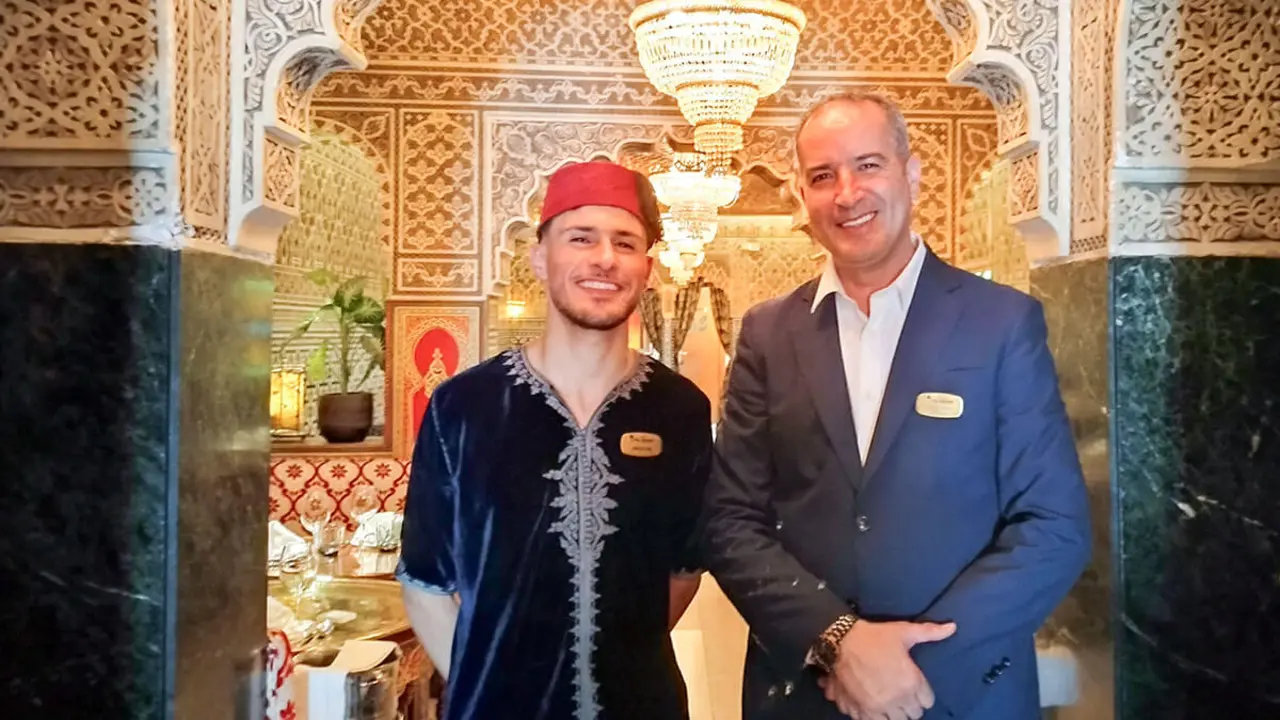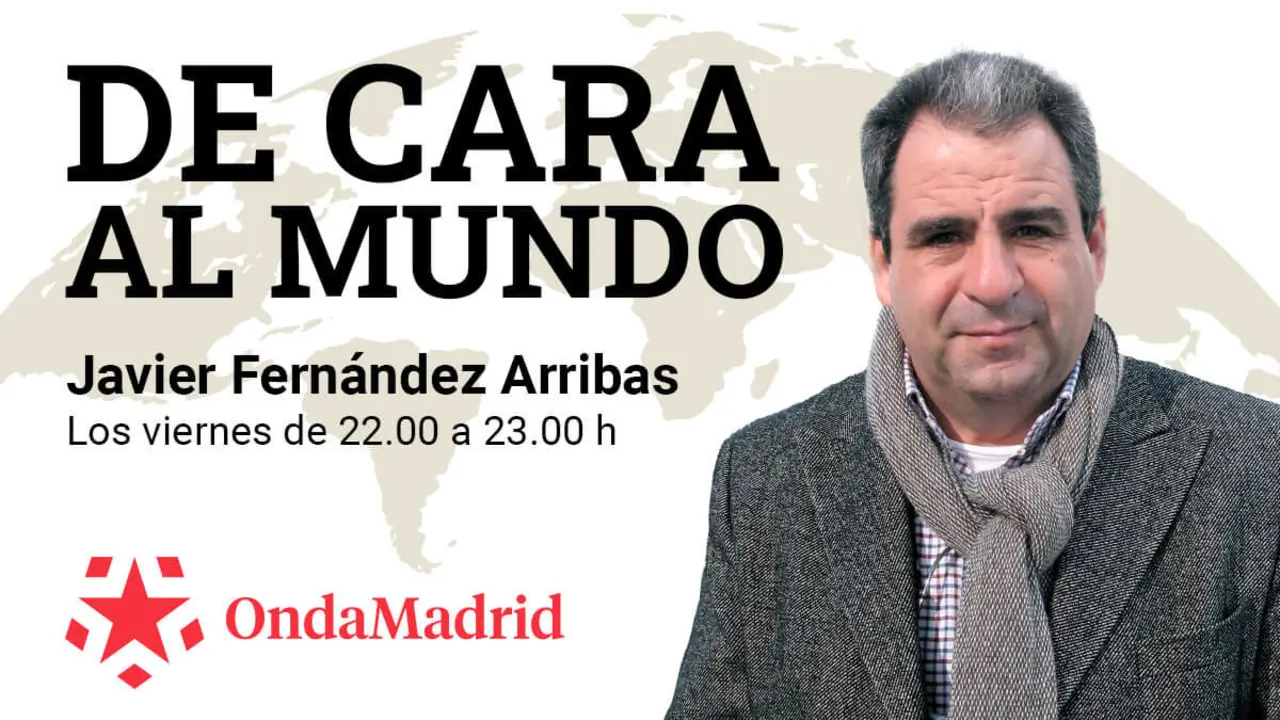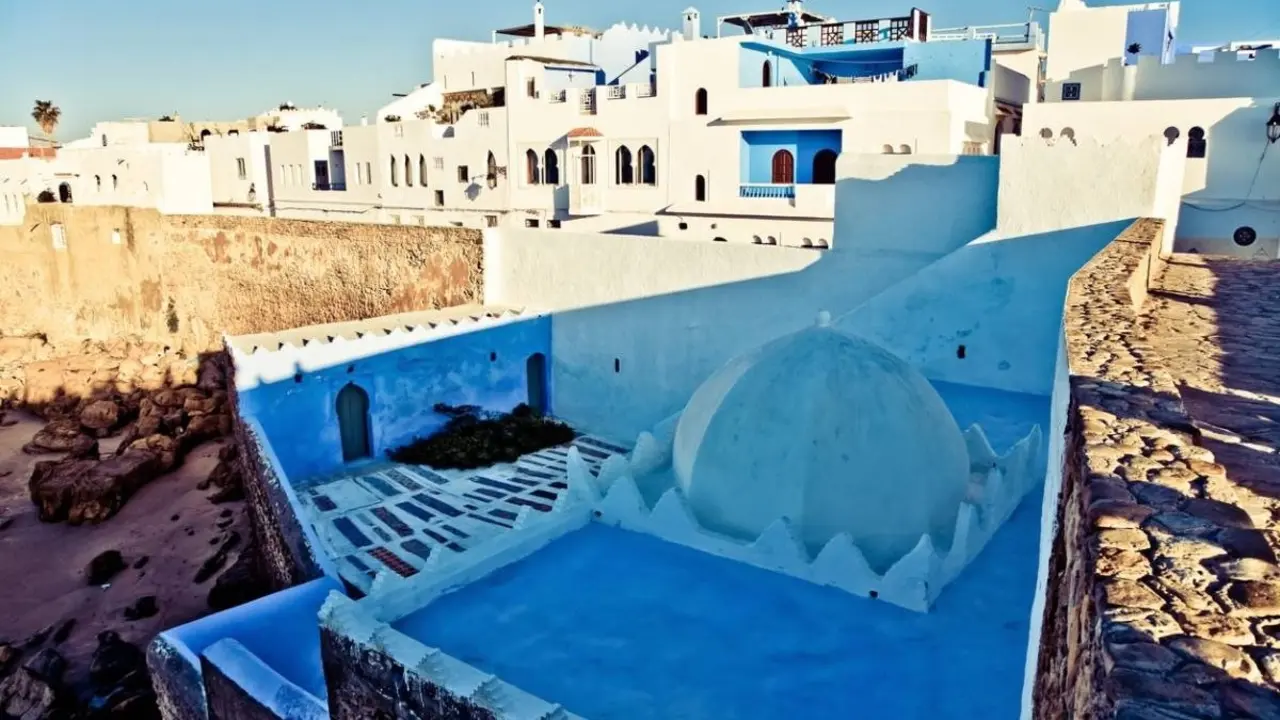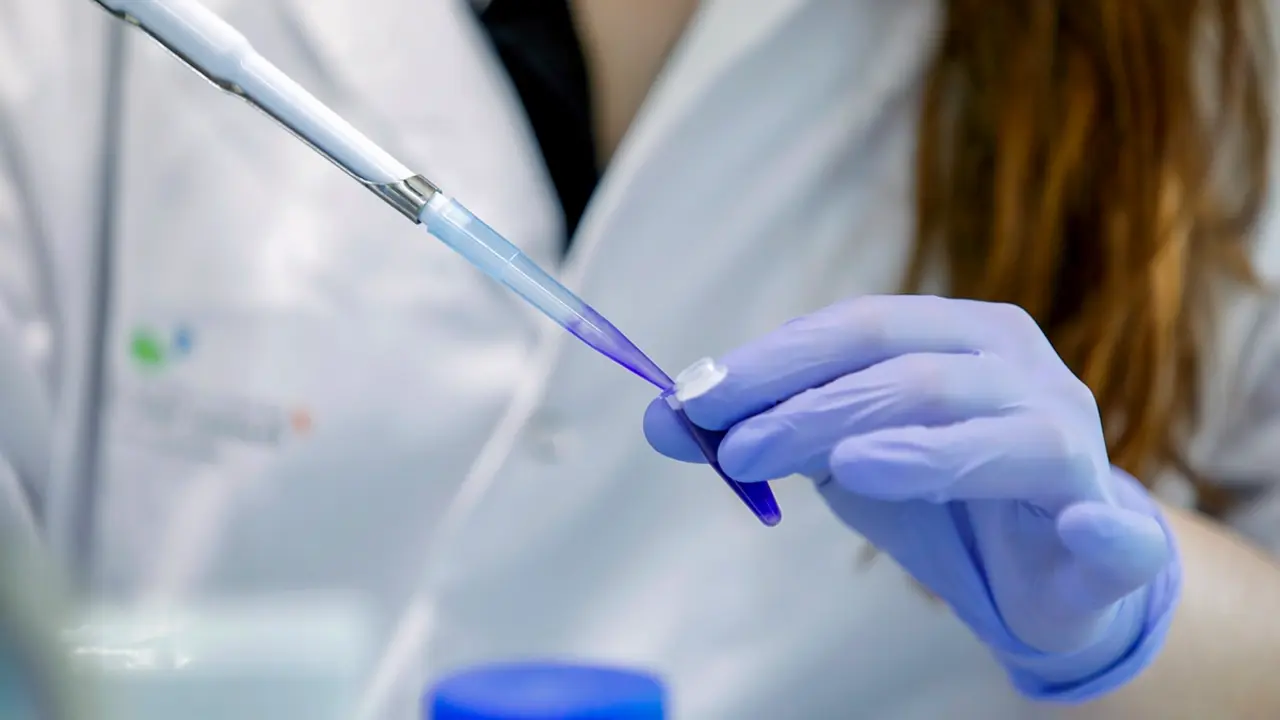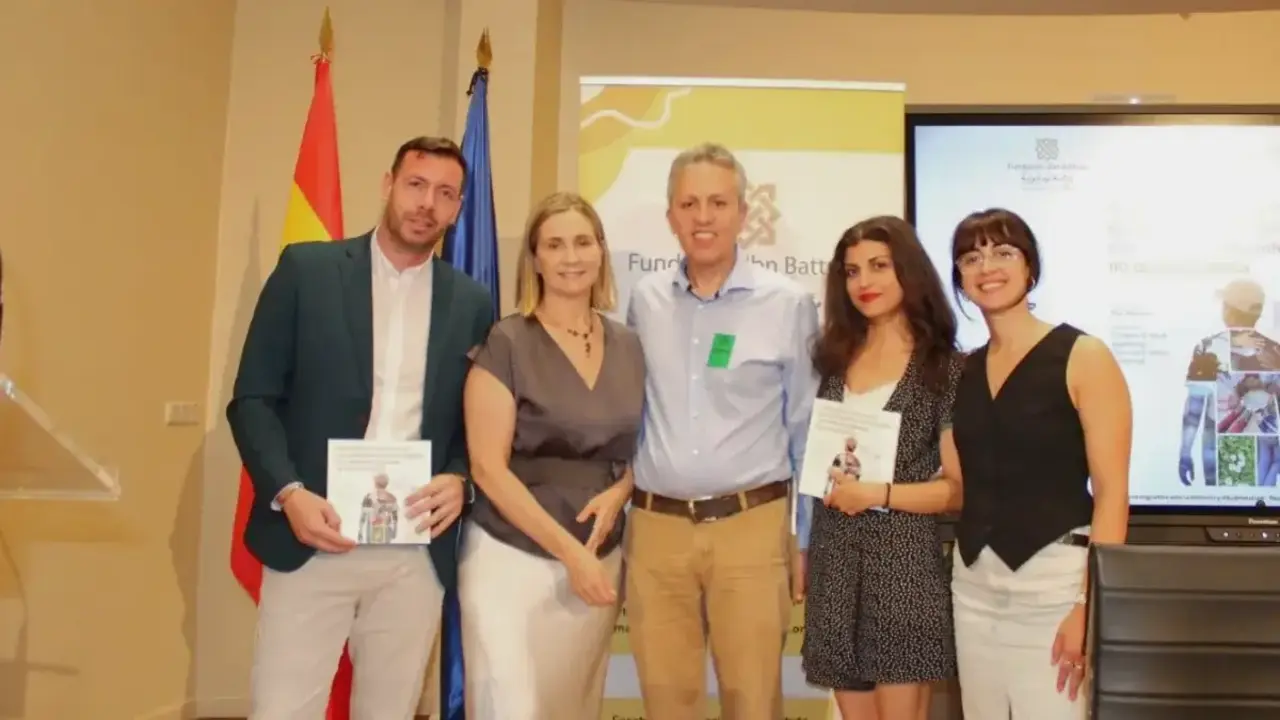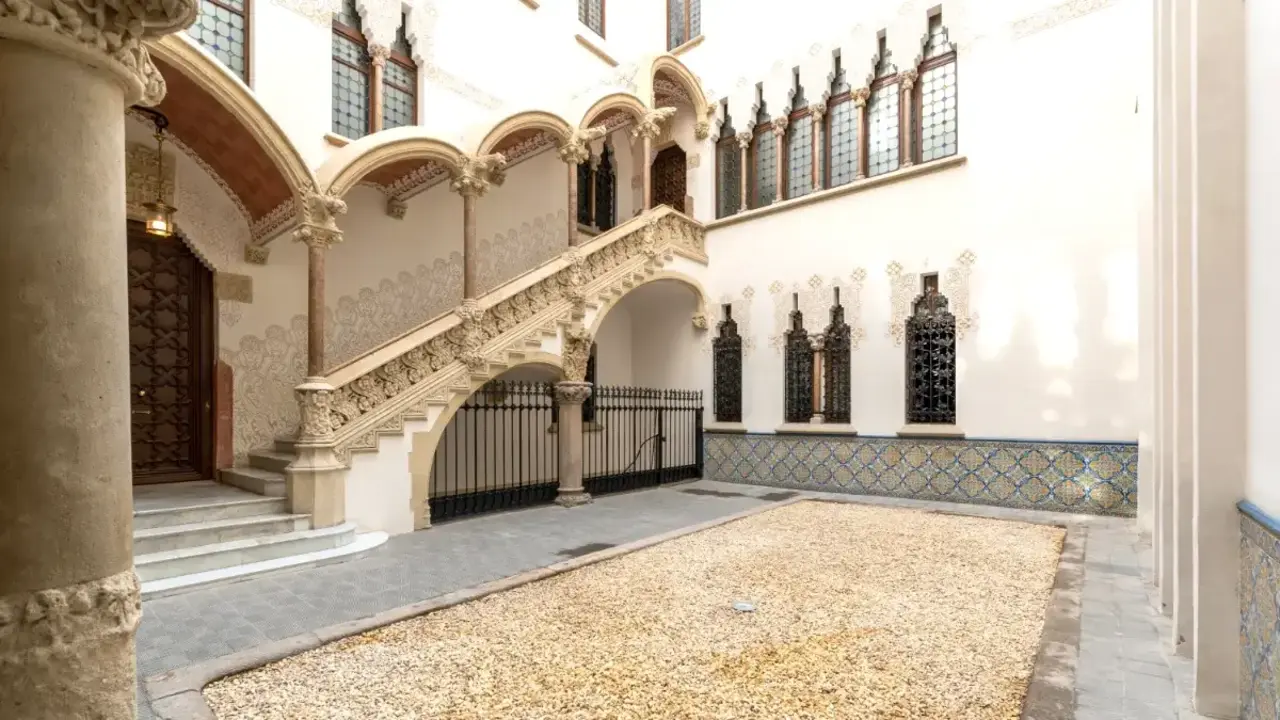A stroll through Expo Dubai: connecting minds, building futures

Like its predecessors, both universal and international, Expo2020 Dubai will accelerate change in the most populous city in the Gulf. This is what happened in Milan, Shanghai, Zaragoza and Seville, and the same can be expected of the next Expo in Osaka. All of them, without exception, have taken a leap forward and have promoted knowledge through the visual and practical dissemination of the latest advances in science, the arts and entertainment.
This one in Dubai, which should have been held in 2020, offers the visitor several particularities. The first of these is that it is the first in history to be held not only in the Middle East but in an entire region that would encompass Africa and the whole of South Asia. The second, and certainly not the least, is the complete digitisation of the exhibition. With the sole exception of the floor plan, which is also offered on paper, there is not a single document in this material. The QR code is the standard for any information, general or for the different pavilions in particular. Immersion in the language of the future is therefore absolute and complete, an ideal environment for the younger generation and a must for the older ones, nostalgic or still clinging to the Güttenberg printing press.
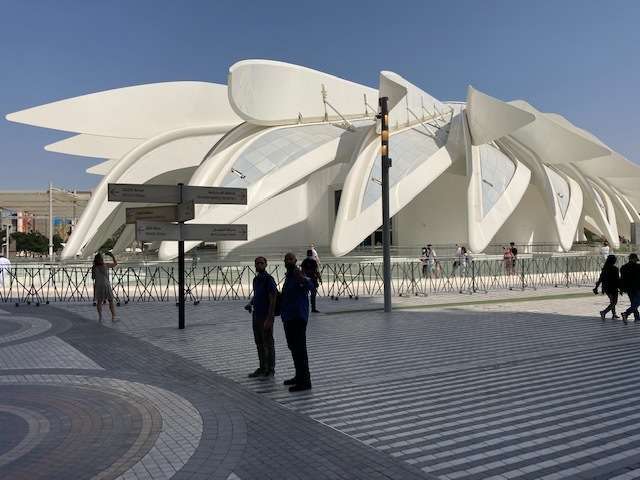
Before reaching the Expo site, the succession of skyscrapers that are turning Dubai and neighbouring Sharjah into a fierce competition with China's Shanghai and Hong Kong for the primacy of this type of "skylines", New York is already surpassed in number, is striking. This translates into gigantic traffic jams, with hundreds of thousands of luxury limousines and 4X4s gliding along six-lane highways and adjacent avenues. It is advisable, then, to take the fast, aerial metro, whose stations are shaped like mollusc shells, in memory and homage to the country that not so long ago was made up of fish and pearl fishermen.
The Expos, and this one is no exception, are a field of architectural experimentation. Travelling the 4.5 kilometres of the site (equivalent to twice the size of the Principality of Monaco or 130 football pitches) is a stroll through the combination of buildings with the most advanced designs and materials, in which an attempt is also made to preserve the essences of the past.
As is always the case, the pavilion of the host country is, if not the best, then the most original. Designed by the Spanish architect Santiago Calatrava, the building resembles a falcon in flight, at the precise moment when it flaps its wings forward. It thus highlights the bird of prey that is the national emblem. Inside, a central courtyard recreates the typical riads, where the temperature is naturally reduced by up to fifteen degrees compared to the heat of the desert outside. In addition, Stephane Aboudaram's images make a visit to its 15,000 m2 an immersive, multi-sensory experience.
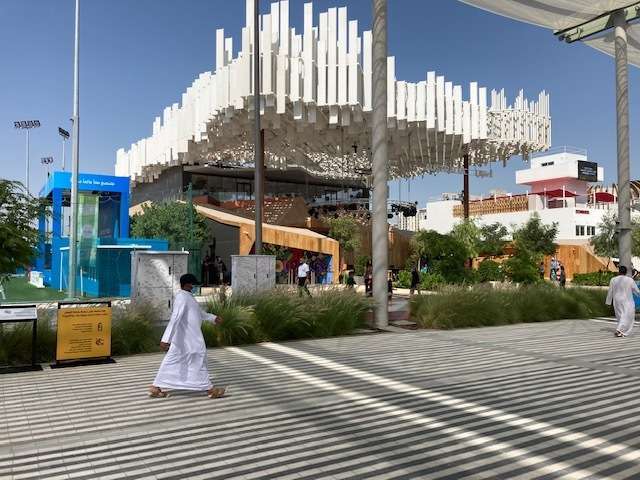
The Spanish pavilion, based on truncated cones, designed by the Amann-Cánovas-Maruri studio, is also surprising. The entrance is open, and visitors are greeted by a giant chessboard, punctuated by three other boards where they can play a game. The panels in the background suddenly illustrate Spain's role in the dissemination of the game and its scientific applications. A small historical journey that makes the many schoolchildren who come to the exhibition identify with the roots of their own history and discover many of the ties that bind them to the western end of the Mediterranean.
A tiered sphere illustrates to visitors a sampling of the many words that gave the Arabic language to Spanish, a fact of which many Arab citizens and Spanish-speakers alike are not fully aware as they contemplate this language symbiosis.
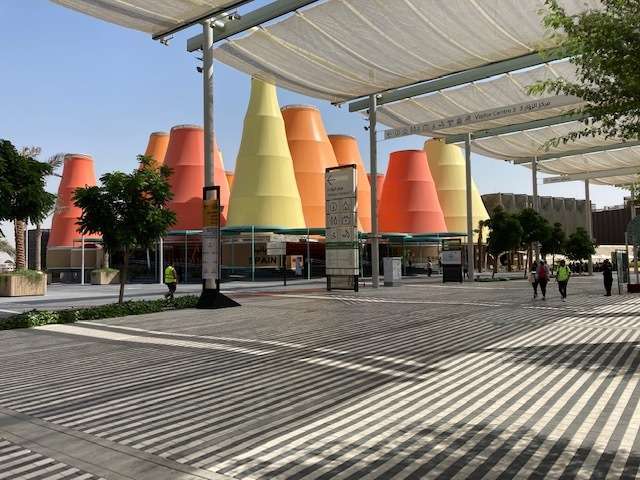
With the general motto of the pavilion, "Intelligence for Life", one of the cones extends its depth through a large cylinder in the centre of which shines a huge "living" sculpture by Canogar, over which a virtual waterfall of intense colours cascades in frenetic movement. It gives way in turn to a technological-scientific version animated in a slow recreation of the Irati forest, in which the most modern Spanish technical innovations are presented, from those of water desalination, fundamental in the entire Gulf area, to the hyperloop, the supersonic levitation train.
Nacho Vigalondo's video is also innovative, capable of narrating in a beautiful story without words and with penetrating music the changes that man is bringing about in Nature, while at the same time recognising his capacity to harmonise with it, aware that he has no other choice if he wants to win the battle for his own survival.

The Moroccan pavilion, designed by architect Tarik Oualalou, is also surprising and enormous. He has used the old techniques of Moroccan cities to offer an alternative to the intensive use of steel and concrete. The peculiarity of having used only materials found within a radius of five kilometres of the building is a lesson in the search for sustainable housing solutions.
The pavilion thus fits in with the general theme of Expo2020 Dubai: Connecting Minds, Building the Future. A horizon that is also highlighted in its large thematic pavilions, especially the Sustainability and Mobility pavilions.
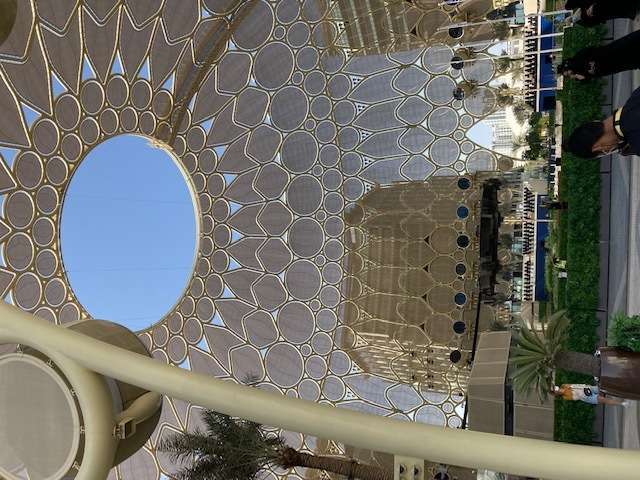
The great avenues that cross the entire Expo, both north-south and east-west, allow the visitor to glimpse in a short time the great variety and contrasts between the pavilions flying the flags of 185 countries. A gigantic work, at a cost of 7,000 million dollars, destined to be dismantled at the end of the six months that the exhibition will last. The adjacent Expo Village will remain for posterity, which, in the image and likeness of the Olympic villages, will become just another neighbourhood in Dubai. There will also be one or more pavilions that will be "pardoned", i.e. those that, due to their architectural value and originality, deserve to be saved from being burnt down. The Spanish pavilion could be one of them, given that it has already been visited several times by various members of the Emirati royal family, who have praised the originality of the Spanish presentation. For this to be possible, it would be necessary to find a useful purpose and function for the building beyond pure exhibition. And, consequently, its maintenance would then have to be the responsibility of Spain or the host country.
In any case, the post-Expo is still a long way off, specifically five more months, in which the organisers aspire to multiply the 2.35 million on-site visits and the 12.8 million virtual visits with which they have concluded the first month since its opening. In the meantime, to visit the Expo is also to discover how space can be won from the desert, to create oases with a vocation to remain in time and to modify inhospitable environments. All of this, bearing in mind that this process has to be done with respect for nature, that mother who becomes furious and dangerously angry when her patience is abused.


